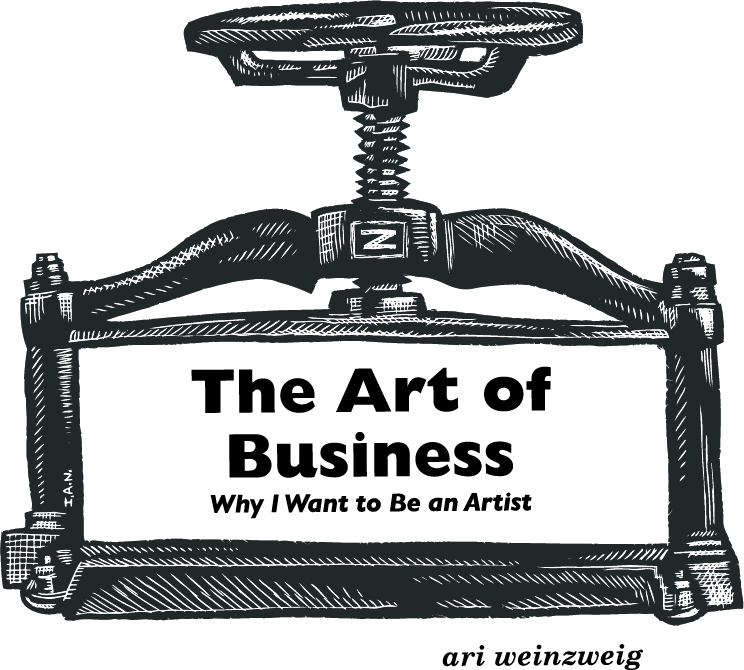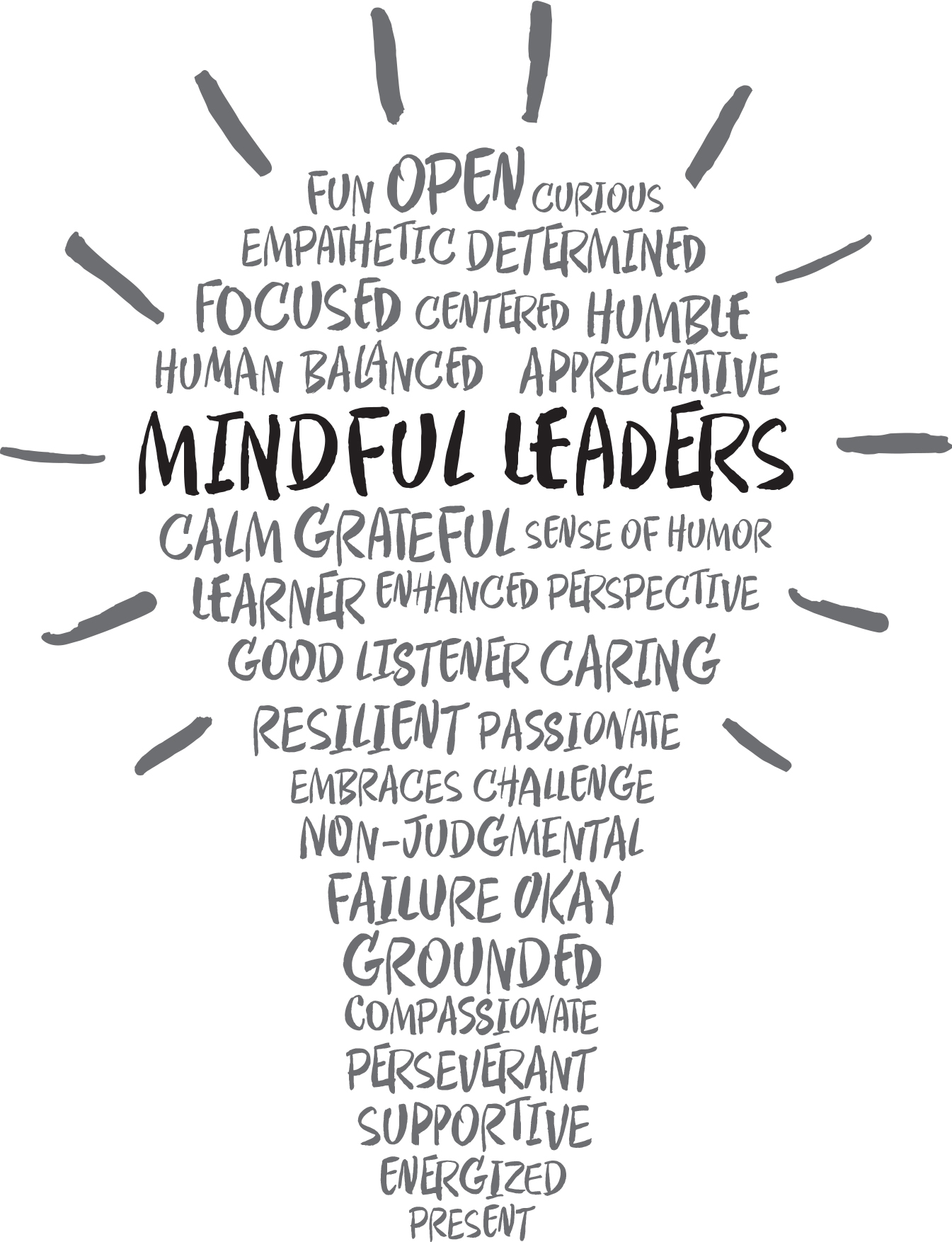
In 1982, Ari Weinzweig, along with his partner Paul Saginaw, founded Zingerman’s Delicatessen with a $20,000 bank loan, a Russian History degree from the University of Michigan, four years of experience washing dishes, cooking and managing in restaurant kitchens and chutzpah from his hometown of Chicago.
Today, Zingerman’s Delicatessen is a nationally renowned food icon and the Zingerman’s Community of Businesses has grown to 12 businesses with 700+ employees and $65+ million in annual revenue. And in 2019, Zingerman’s Roadhouse was named a semifinalist for the prestigious James Beard Foundation Award.
Our family met Ari last summer on a visit to Michigan while dining at Zingerman’s Roadhouse (he was the water boy, refilling our glasses!). Since then I have gotten to know Ari and continue to be inspired by his community values, artistic creative expression, prolific writings, and business success.
Ari has authored several excellent books, including recently released pamphlet, The Art of Business, in which he emphasizes that we all have the capacity to approach our lives, jobs, and businesses as artists.
As an executive coach, I especially appreciate Ari’s philosophy of how showing up as an artist links to mindful leadership and emotional intelligence. He believes that having an artist’s mindset is about being more conscious of what you think, how you view the world, what you say and do, and how you relate to others. Doing so means ultimately leading a life of your own design (versus one that was chosen for you), believing in what you do, being true to yourself and your organization, and creating more meaningful business offerings. To learn how to live as an artist, read on!
The Art of Business – Why I Want to Be an Artist by Ari Weinzweig
Here’s an idea. Next time someone asks what you do for a living, try telling them you’re an artist. Watch their response. My forecast? They will pay far more attention when you start to share more about your life. So, I’m pretty sure, will you.
Don’t worry. I’m not trying to get you to tell tall tales. I believe it—even if you’re not an artist by trade today, I have full faith that you might already live an artistically inspired life. If you don’t now, I’m confident that you are more than capable. Accountants, actuaries, and astrophysicists—regardless of profession, we all have the ability to live our lives as if we were artists. And when we choose to live our lives creatively, to make the most of the days and months and years we have on the planet, to be true to ourselves as best we can and as often as possible, then our lives—and our organizations—are truly art as well. Most of us, I know, haven’t conceived of ourselves as artists. But I’m guessing that if we start imagining ourselves in this new light, our lives will likely become richer and more rewarding. Excellent, if imperfect, works of art in the making.
If artist doesn’t feel quite right, you could try saying you’re a poet. “Real poetry opens all doors,” Jim Morrison once said. “You can walk through any one that suits you.” To Morrison’s point, there are many we can go through. We get to pick the door we’re best suited for, based on what we believe, our dreams, and our desires. The path it leads to may be difficult, challenging, anything but easy. But at least we’re on the right road. I far prefer to fall short going after the life I want to lead than to succeed on a path that others say I should have chosen. With that in mind, I opt for the door that leads to an interesting and meaningful life, to more creativity, to helping others around me be themselves; the door to learning, to loving; the one that opens to appreciating the nuance, the shading, the surprise. All of these, I believe, make for better business as well.
Don’t panic. I’m not going to make you present half a dozen poems in PowerPoint. Whether you put your poetry to paper or not isn’t the point. I don’t write poetry. But I do try to live poetically. Poet Robert Duncan said “poetry must have music and magic.” I’d say the same is true for a great life. I look for them wherever I go. The crema on a freshly poured cup of espresso; the smell of real Spanish saffron; the caramelized crust on a dark loaf of bread from our Bakehouse; the look of amazement on a customer’s face as they take their first bite of a Reuben at the Deli. They’re all pretty poetically powerful to me.
Which door we opt for is our decision. Robert Henri, in his 1923 book, The Art of Spirit, said, “Be yourself today, don’t wait till tomorrow.” Pressure and problems are always present. Your sister, your soul mate, and society can all have their say. But, in the end, the choice to live an artistic existence is ours alone to make.
When my partner Paul Saginaw and I were working on our University of Michigan commencement address in 2015, it occurred to me that what everyone asks when you graduate from school could well be the wrong question. “What are you going to do now?” seems so narrow. A far more powerful and infinitely more interesting way to frame the inquiry might be to ask: “What kind of life do you plan to create?” There are as many “right” answers as there are human beings in the world. There’s so much more to our lives than what it says on our business card. The beauty, the depth, the artistry, I believe, are in the details. Remember, it’s the fine brush strokes in the background that bring the foreground into focus. We can, I’m confident, all live a creative and an artistic existence. The more we help everyone in our organization to do the same, the more rewarding their lives will be and the better our business will become. As Robert Henri says, “In every human being there is the artist.”
There’s great energy that comes from living artistically, as Henri advocates. Creating a life of your own design, even when others raise their eyebrows in doubt and disbelief, can be challenging in the day to day. But ultimately, it’s invigorating. It brings our unique passions to the fore. Whether it’s baking or business (or, in our case, both at the same time), believing deeply in what you’re doing makes all the difference. As Henri writes, “When the artist is alive in any person, whatever his kind of work may be, he becomes an inventive, searching, daring, self-expressive creature. He becomes interesting to other people.”
It seems to me to be what great business is all about—well-crafted, original art in our products and services; engaging language in our marketing materials; compassionate, kind, community-oriented workplaces; and in our case, high-quality food with distinctive character. That creative, caring, engaging energy is a lot of what gets people lining up to spend time and money in unique businesses such as ours. I believe—more strongly all the time—that this creativity and ability is in everyone. Our job as leaders is to help bring out of the folks we work with, and help our friends and family to do the same.
The late Irish theologian John O’Donohue wrote that, “In a sense, all the contemporary crises can be reduced to a crisis about the nature of beauty.” With that lens, he goes on, “for the first time we gain a clear view of how much ugliness we endure and allow. . . constant struggle leaves us tired and empty. . . . When we lose sight of beauty our struggle becomes tried and functional.” As a history major, I know that social patterns ebb and flow; that what cycles up will steadily then cycle down, and vice versa. We are then, in O’Donohue’s framing, suffering a crisis of ugliness on so many fronts. As he wrote many years ago, “The time is now ripe for beauty to surprise and liberate us.” I can see glimmers in the darkness. I’m ever more adamant that an artistic approach to our lives, our organizations, our work and our relationships is an answer. If we work hard at it, we can effectively turn the page. Here’s to bringing back that beauty, to the coming of a caring, collaborative and creative Age of Art. Each of us has the power to make the world just a bit gentler and a bit more beautiful every day!
Click here to learn more about Ari!
Click here to purchase The Art of Business!
Click here to hear Ari’s talk at Google!
Click here to hear Ari and Paul’s University of Michigan 2015 Commencement Speech!
Click here to email Ari (at his request, he loves connecting!)





